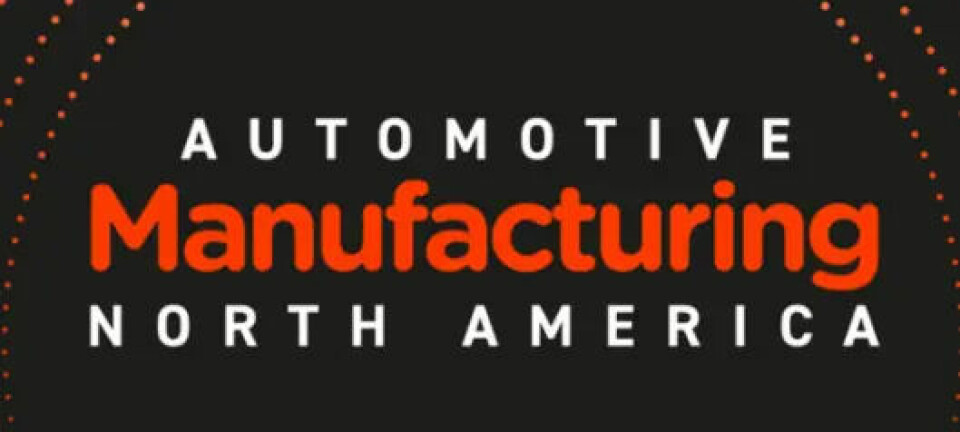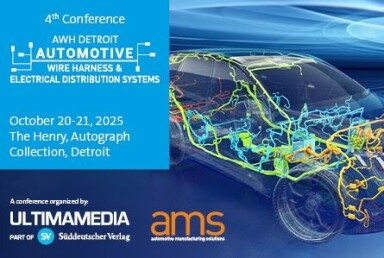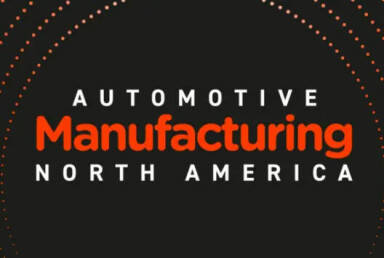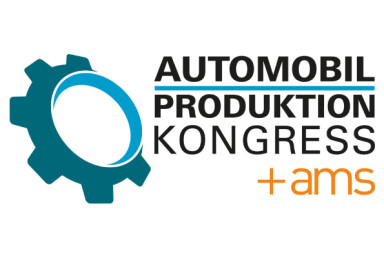Mitsubishi looks to asset-light approach for European and US markets
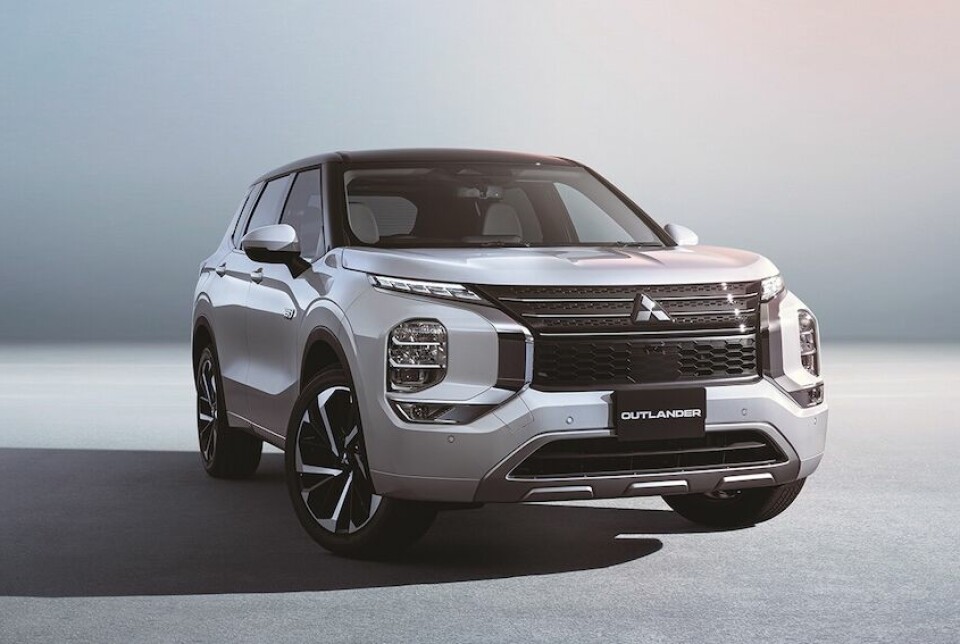
Mitsubishi will leverage Renault-Nissan partner’s manufacturing operations as part of an asset-light approach to European and US vehicle production
It can be hard work keeping up with the never-ending series of alliances, or unwinding of alliances, amongst the world’s vehicle companies. This is especially the case at Mitsubishi, the smallest of the Japanese vehicle companies. Back in 2016, when it was struggling financially, Nissan took a 34% stake in Mitsubishi and began to integrate it into the Renault-Nissan Alliance. This long-standing tie-up however gradually began to unwind in the late 2010s, as Nissan’s financial problems began to emerge. Its stake in Mitsubishi was reduced to 20% and in 2024 a merger between Nissan and Honda was proposed, with Mitsubishi declining to be a part of this. The merger, in reality a takeover by Honda, did not proceed and Nissan has belatedly begun a major restructuring under a new, non-Japanese, CEO.
The imminent use of Nissan vehicles by Mitsubishi suggests a new asset-light, minimal investment approach
Nissan offers US production capacity
Mitsubishi has sought to maintain its independence by forging its own path in Asia and simultaneously becoming closer to Renault in Europe, and this new route to independence will be accompanied by reinstating some co-operation with Nissan in the US. A version of the new Nissan Leaf will be made for Mitsubishi and one of Nissan’s US plants will likely make crossovers or SUVs for Mitsubishi. A plug-in hybrid Nissan Rogue will use hybrid technology from Mitsubishi, but some press reports suggest that the entire vehicle could be sourced from Mitsubishi, and in fact the PHEV Rogue could effectively be a re-badged Mitsubishi Outlander.
The imminent use of Nissan vehicles by Mitsubishi suggests a new asset-light, minimal investment approach by Mitsubishi which had closed its US factory in Normal, Illinois in 2015; since then, all Mitsubishi vehicles sold in the US have been imported, almost all from Japan, with a small number of Mirage cars coming from Thailand. The imposition of 25% tariffs on Japanese imports by President Trump – set to be reduced to a still higher-than-expected 15% under the US-Japan trade deal – makes importing vehicles from Japan a questionable exercise given Mitsubishi’s low volumes and financial struggles of recent years. Sourcing from Nissan’s US factories makes sense for both sides: for Mitsubishi it has a source of tariff-free vehicles and for Nissan factory unitisation levels will be increased.
For Renault, supplying vehicles to Mitsubishi means that it can improve utilisation at the relevant factories, with all of those involved far from fully utilised
Renault supporting Mitsubishi’s return to European production
Meanwhile in Europe, Mitsubishi has decided to a return, with help from Renault, not Nissan. Renault has a number of factories where spare capacity exists and where vehicles suitable for Mitsubishi are made. Mitsubishi has modest ambitions for now, aiming to sell just 75,000-80,000 vehicles a year in Europe, at least initially. Mitsubishi had quit the European market in 2020, following significant losses during COVID. But a year later, it announced it would return, first with the ASX, a version of the Renault Captur, sourced from Renault’s Valladolid factory in Spain.
Next up was the Colt, a re-badged version of the Clio, and made in Turkey. And now Renault is supplying the Grandis, a rebadged version of the Symbioz, itself a larger version of the Captur. Like the ASX, the Grandis comes out of the Valladolid factory. And finally, for now at least, towards the end of 2025, the Eclipse Cross EV will emerge from Renault’s Douai EV factory in northern France; the Eclipse Cross is a rebadged version of the Renault Scenic E-Tech. There has been some press chatter of more Renault models generating Mitsubishi versions, including a Mitsubishi version of the Renault 5 and even of the Twingo. Mitsubishi meanwhile is likely to import the Outlander plug-in hybrid from Japan, but it will stay out of the pick-up market, with the once popular L200 pick-up not due to return to Europe.
Mitsubishi’s approach to returning to Europe and rebuilding its US presence in the absence of a manufacturing facility of its own in either location is to do so by leveraging partnerships
For Renault, supplying vehicles to Mitsubishi means that it can improve utilisation at the relevant factories, with all of those involved far from fully utilised in making Renault vehicles. For Mitsubishi, this route allows a return to a market it probably never wanted to leave in the first place, without having to invest in production and engineering activities. The Mitsubishi versions of the Renault vehicles will have minimal styling differences, so there should be no additional costs for testing and type approval; and any specific sourcing needs will be undertaken by Renault, saving Mitsubishi having to establish its own engineering or purchasing department for Europe.
One intriguing question follows from the tie-up with Renault: will Mitsubishi offer any of its Japanese-made vehicles to Renault to rebadge for sale in Japan or elsewhere in Asia, where Renault is notable for its almost total absence? Elsewhere in Asia, Mitsubishi is forging its own path. It recently announced a mid-sized SUV, Destinator; this will be a three-row, seven seat model, made in Indonesia for sale across ASEAN, plus Latin America, the Middle East and Africa. Also, Renault has bought Nissan’s stake in the erstwhile Renault-Nissan joint venture in India and Renault will make vehicles for Nissan there. Could it do the same for Mitsubishi?
Partnerships will be vital to asset-light approach
Mitsubishi’s approach to returning to Europe and rebuilding its US presence in the absence of a manufacturing facility of its own in either location is to do so by leveraging partnerships. It did not want to be taken over fully Nissan, but it is not averse to using an established Nissan nameplate, Leaf, as the basis for a future model of its own; the approach will likely be adopted with gasoline-powered crossovers or SUVs to come out of a Nissan US factory. This OEM approach is already being adopted on a more systematic basis in Europe, with four Renault vehicles used as the basis for Mitsubishi models. Asset-light manufacturing approaches as per Mitsubishi in the US and Europe have been adopted by others in the past, and indeed today, e.g. Polestar vehicles are made in Korea (in a Renault-Geely factory), and in the US (by Volvo). They will also be made by Volvo in Europe from 2027 or 2028. Even the Polestars made in China are made on Geely assembly lines. For brands with limited market presence, and limited finances, using another manufacturer’s capacity to build or re-build its presence in certain markets makes sense from all angles. The question is now, who else will adopt this asset-light approach?



